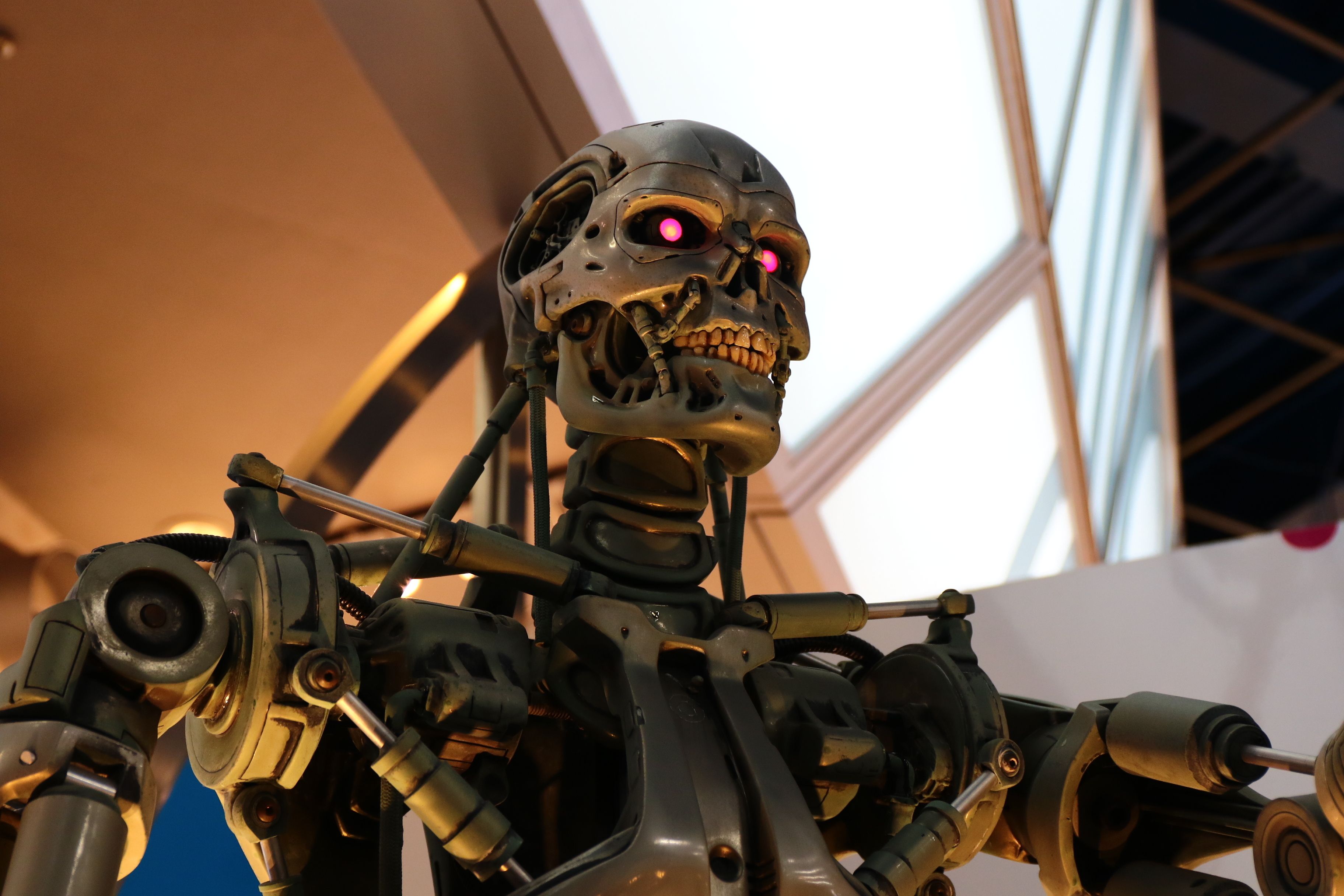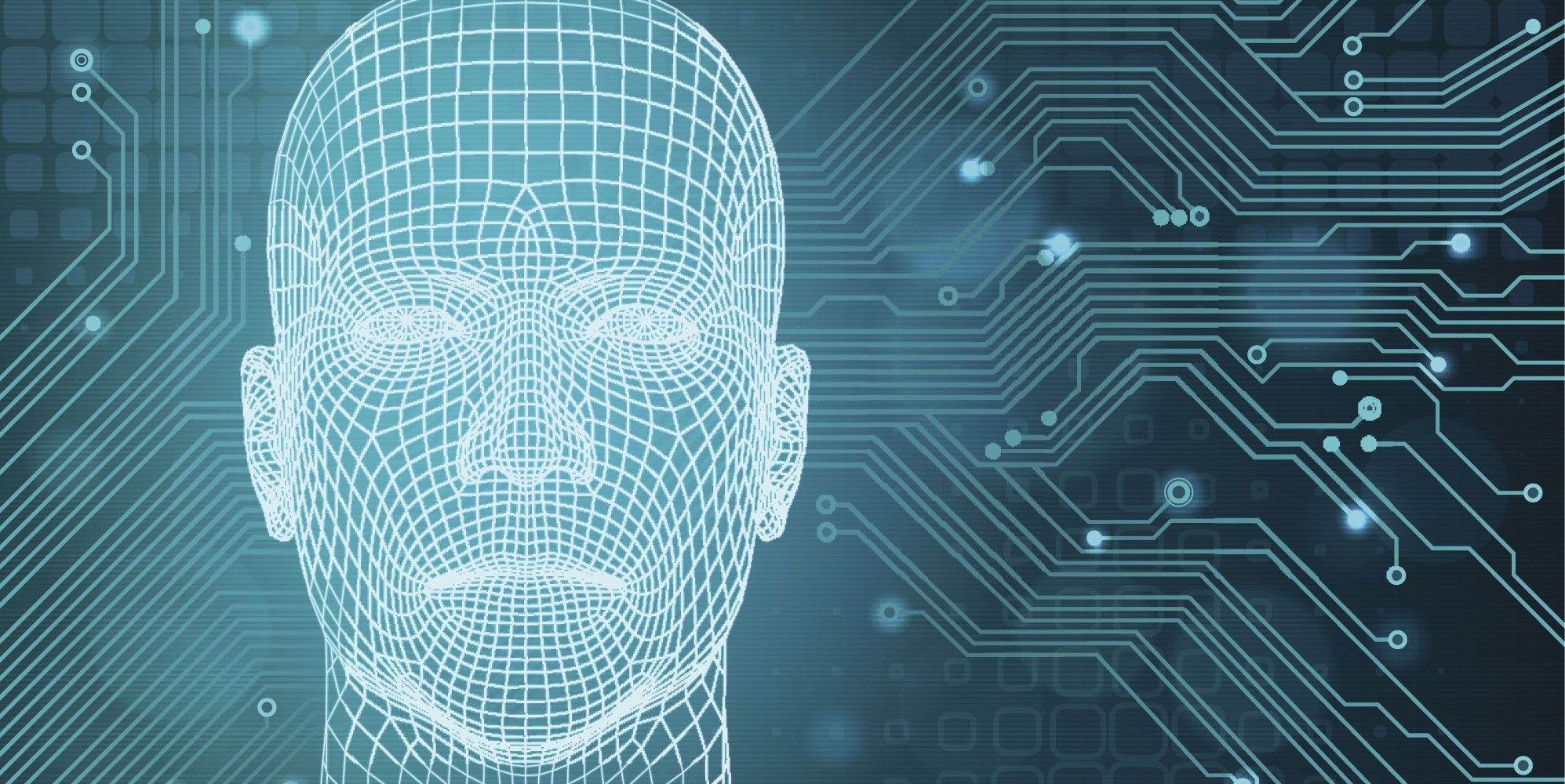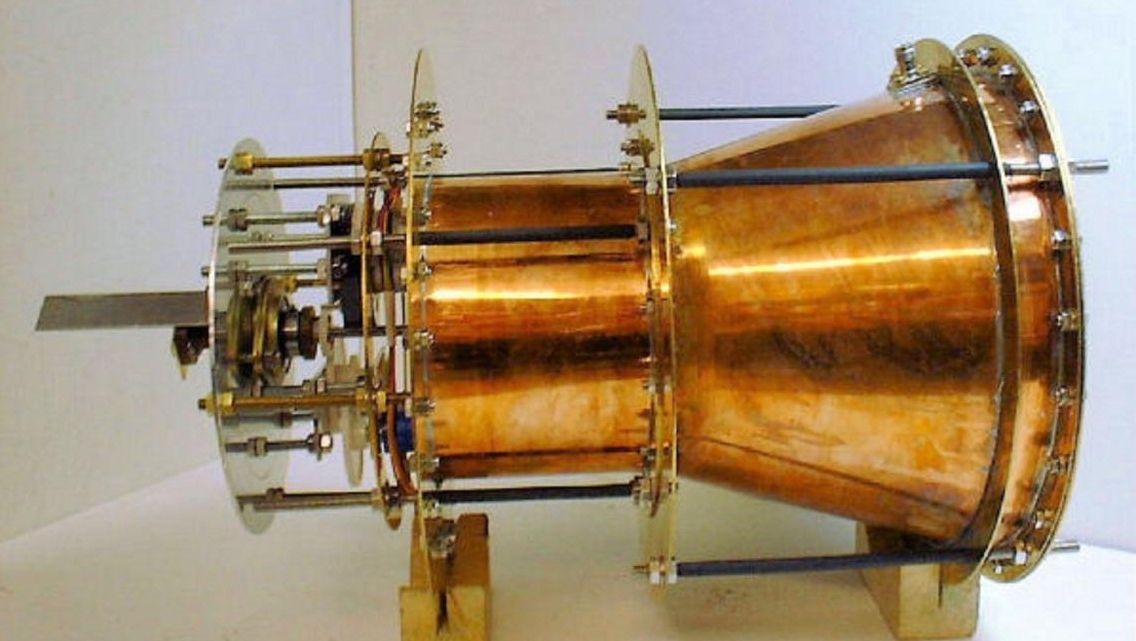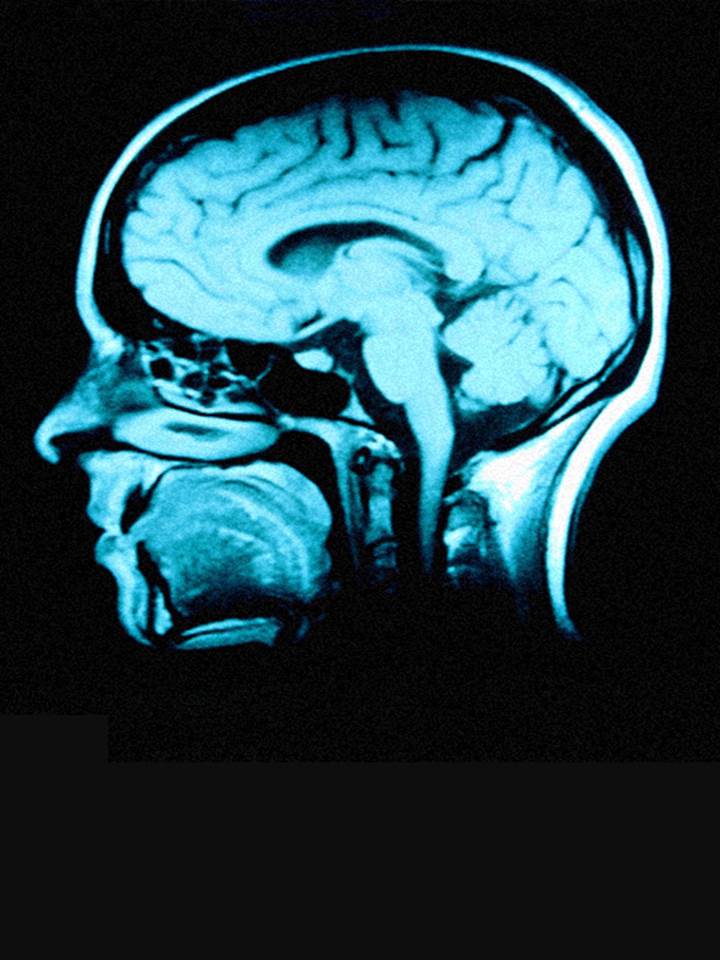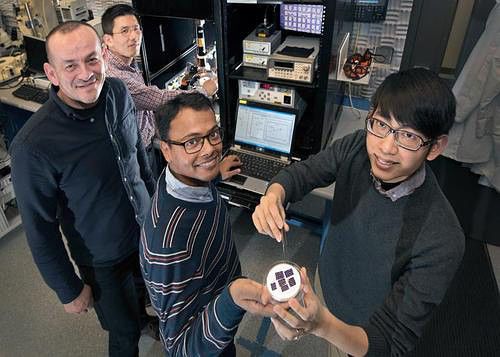Bots are only as good as their under pinning legacy infrastructure/ networks. Glad to see this article and someone speaking again for investors outside SV.
Bots hit the mark on every pattern Silicon Valley loves. But for investors and entrepreneurs — and executives outside of San Francisco trying to figure out what this bot business is all about — it’s worth taking a step back and looking at this frenzy with fresh eyes and a bigger picture.
Simple interactions between people — making a connection, following and messaging — when captured in a digital network of people who know each other already personally, professionally or by reputation, have created a handful of extremely valuable networks where three billion people today spend the majority of their time.

